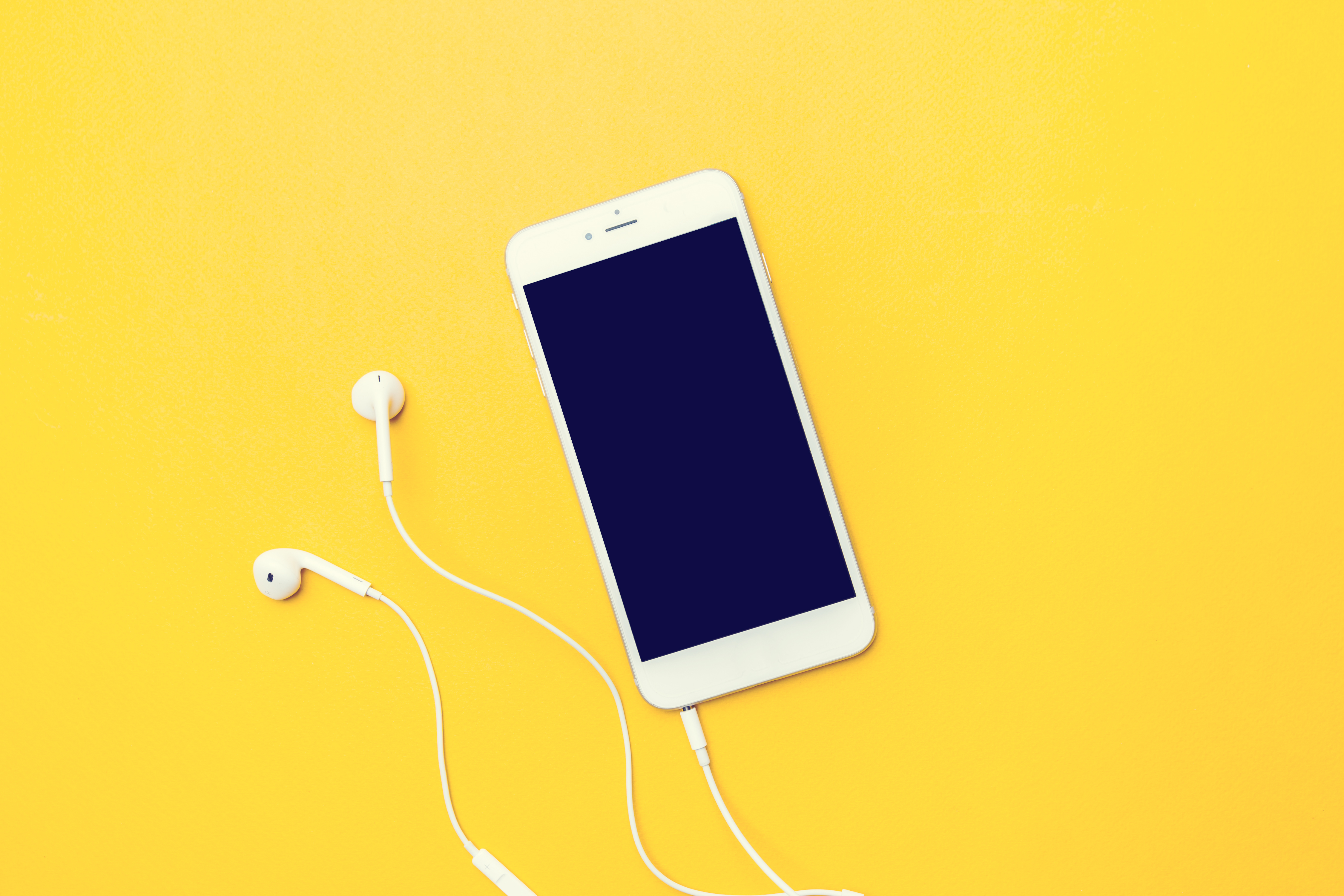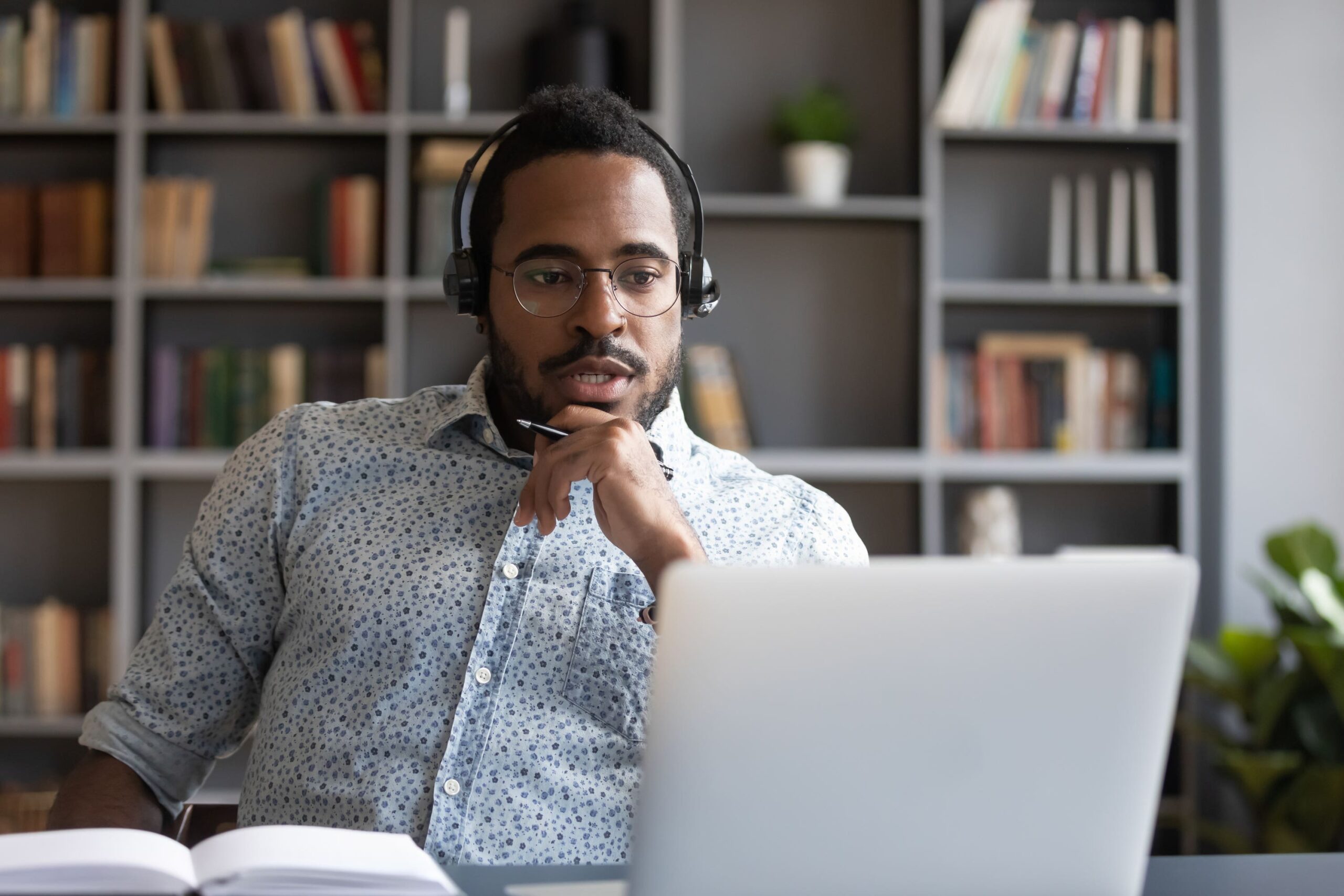A decent pair of headphones can be a lifesaver in lockdown. They can block out the external sounds of noisy flatmates or children, so you can really focus on your Zoom meeting.
Or, they can serve as a vital focus tool, to a help you knuckle down to a looming work deadline.
But if they’re not used correctly, experts warn that both over-ear and earbud varieties can damage your hearing, particularly if you use them for too long, or play music too loudly.
Recently, Apple launched a new safety feature that causes the volume for iPhone or AirPod headphones to drop automatically after it hits over 90 decibels for more than four hours a week, to help keep users’ ears safe.
But if you’re monitoring your own use, how can you protect your ears and avoid unnecessary damage? We asked experts to give us the lowdown.
What’s the risk of loud headphones?
“A healthy ear has some in-built protective mechanisms to prevent loud sounds from causing harm,” explains Joseph Manjaly, consultant ear and hearing surgeon at OneWelbeck (onewelbeck.com).
“However, we know that extended hours of loud noise exposure and very loud sudden sounds can both cause irreversible inner ear damage, leading to hearing loss and tinnitus.
“It’s important to limit the number of hours per day you’re using loud volume headphones, and you should also avoid falling asleep with headphones playing music.”

Are in-ear headphones a bigger health risk than over-ear ones?
“No, what’s important is the overall volume of sound being played into the ears,” says Manjaly.
“The World Health Organization recommends a total of 40 hours of weekly exposure to volume levels no higher than 80 dB for adults, and 75 dB for children, on personal listening devices.”
Do we need to rest our ears from using headphones?
“It really depends on the volume level and how long you are listening for,” explains consultant audiologist Wayne Ellis.
“The daily recommended safe volume level of any sound is below 85 decibels, for a maximum duration of eight hours. That’s equivalent to listening to a food blender for eight hours.

“Normal conversation is typically 60-70 dB, and you can listen safely at that level for as long as you like.
It’s worth taking breaks of at least five minutes every hour, to be on the safe side, and give your ears a rest.
Also, using a volume limiter on your device means you won’t be able to turn the music up without realising it.”
How else can we protect our ears and hearing?
“If you’re listening through earphones often, it’s worth investing in a pair of custom-fitted and noise-cancelling earphones,” suggests Manjaly.
“These will allow you to listen at lower volumes than otherwise needed.
“It’s also advisable to wear ear protection in loud environments, for example, if you have lots of noise exposure through your occupation.
If you experience any hearing loss or tinnitus, seek help from a hearing healthcare professional.”

Patrick D´Haese, audiologist at Med-el (medel.com) adds: “It’s concerning that despite being accustomed to regular health checks, we fail to take care of our hearing.
“You wouldn’t go years without visiting a dentist or optician, yet many adults have never had a hearing test.
I urge anyone who hasn’t to make an appointment, visit your GP or an audiologist and make this a part of your regular health check-up routine.”





